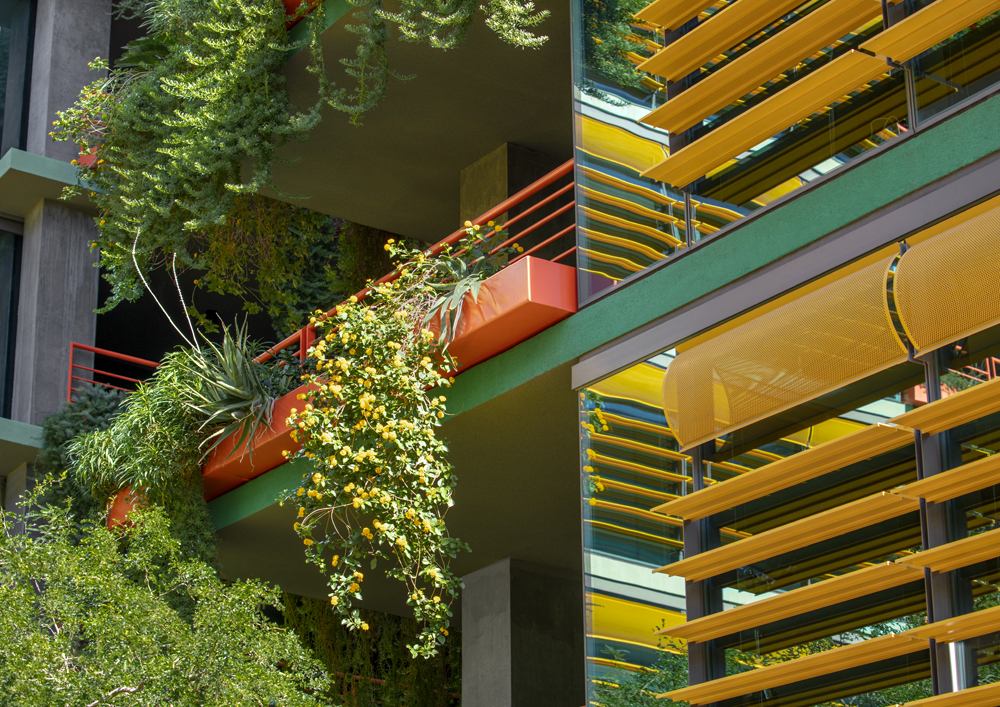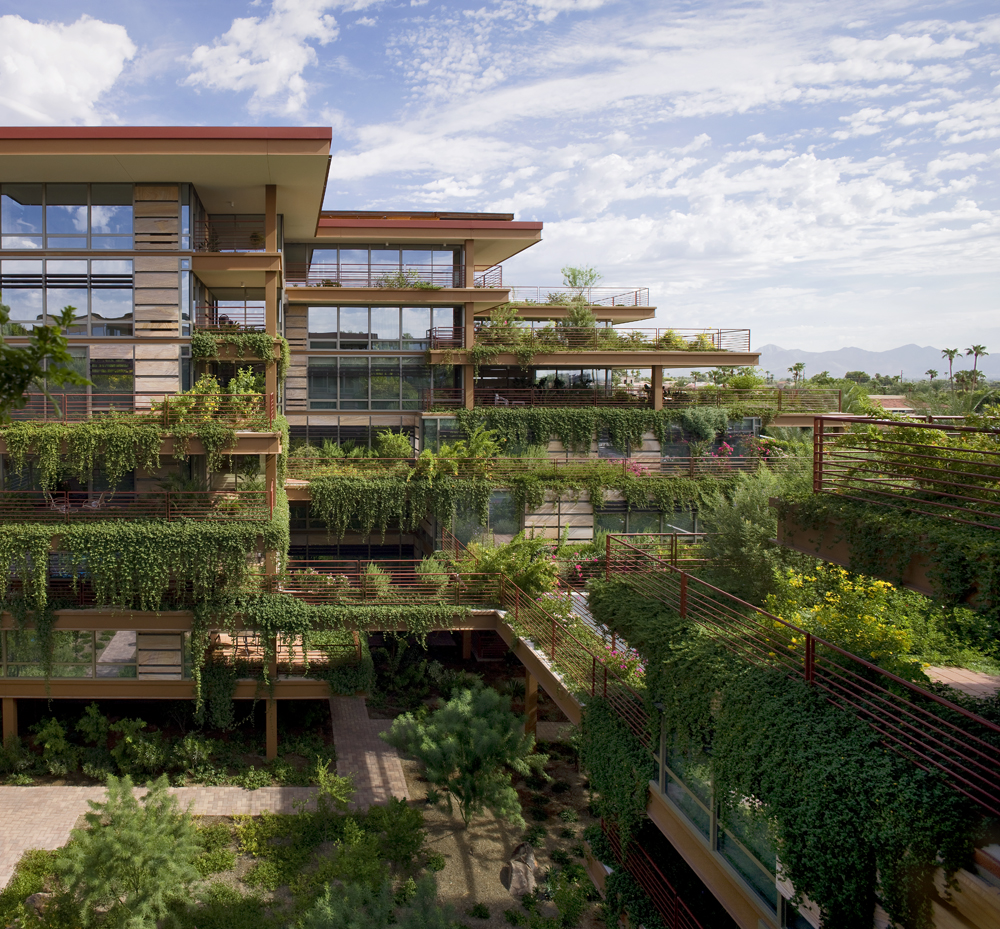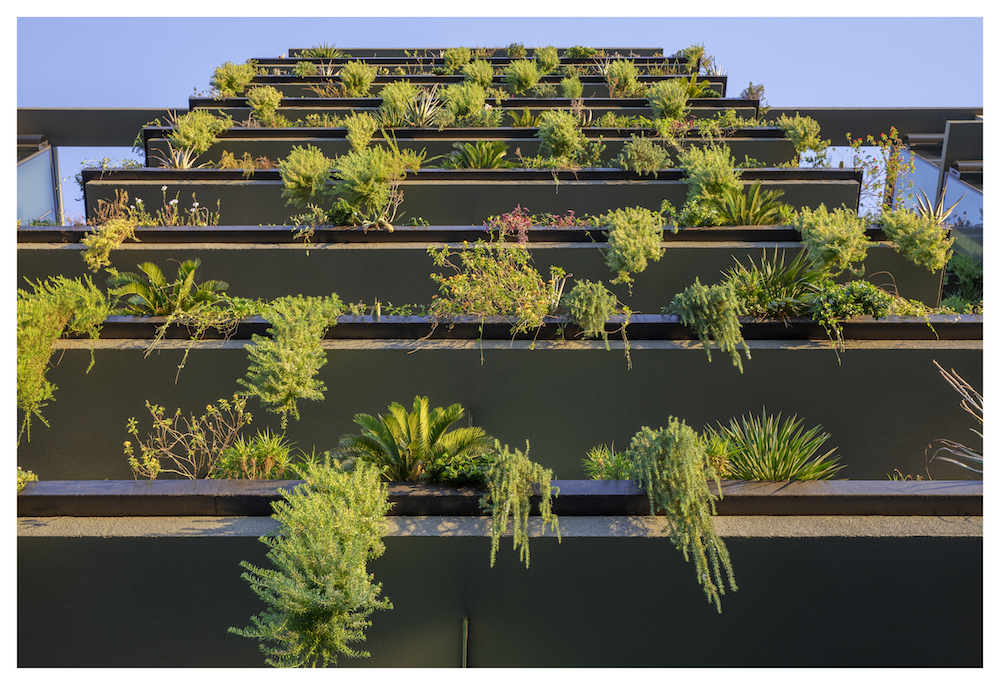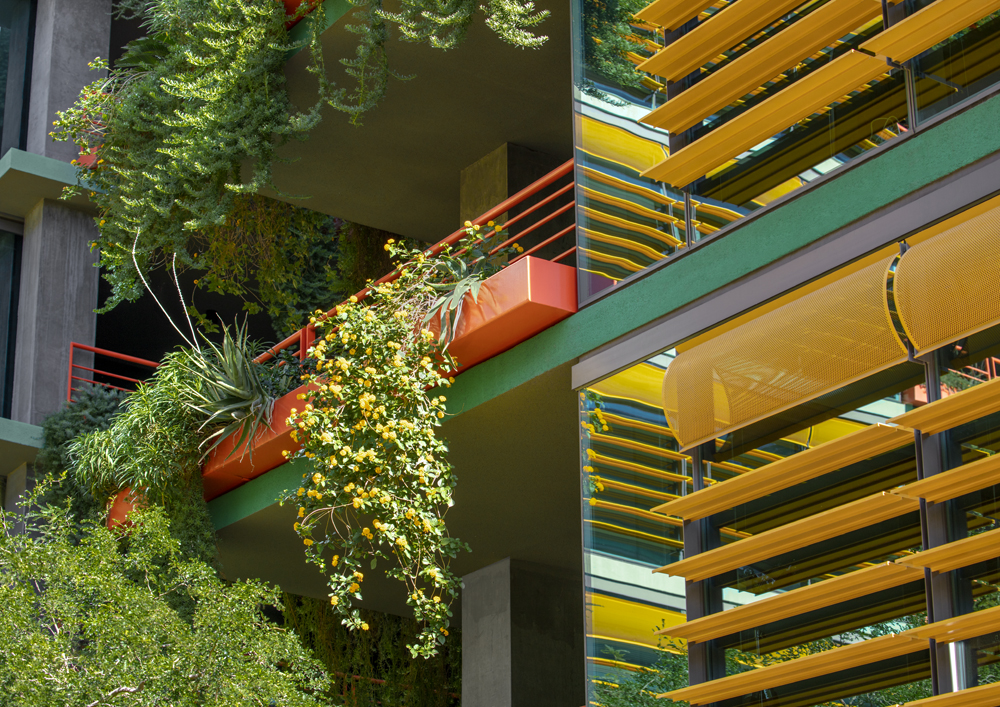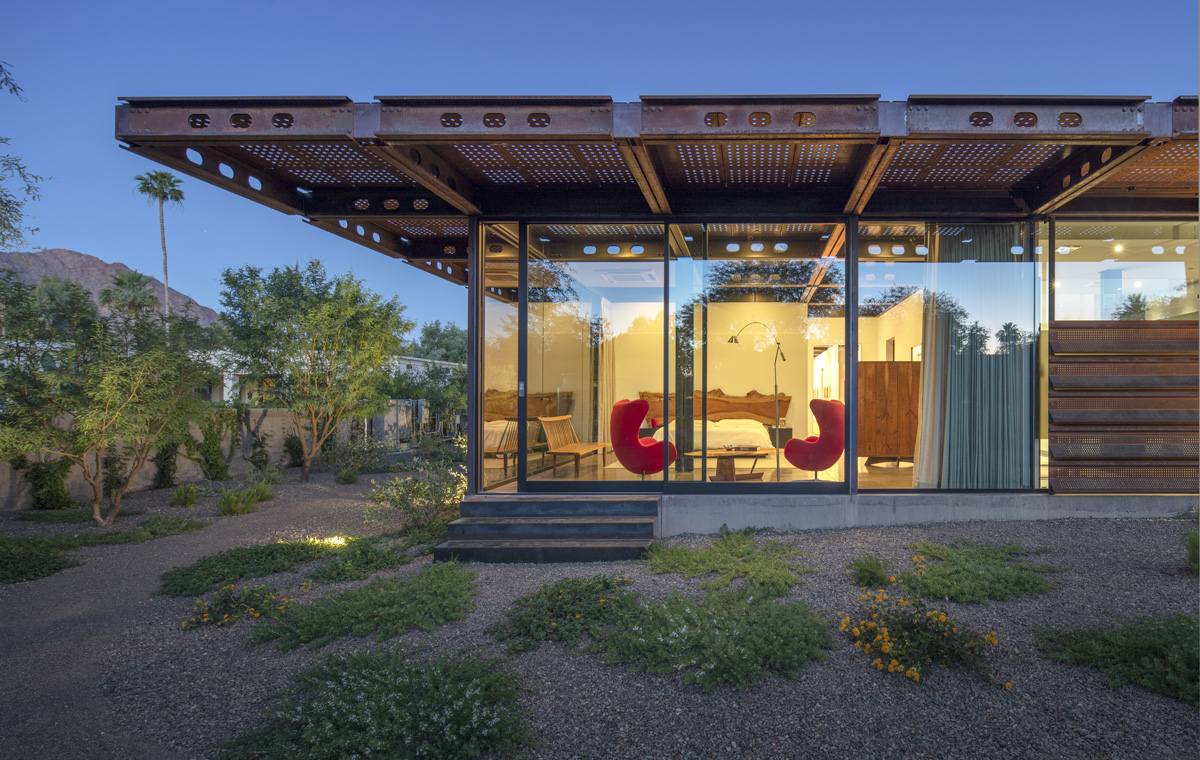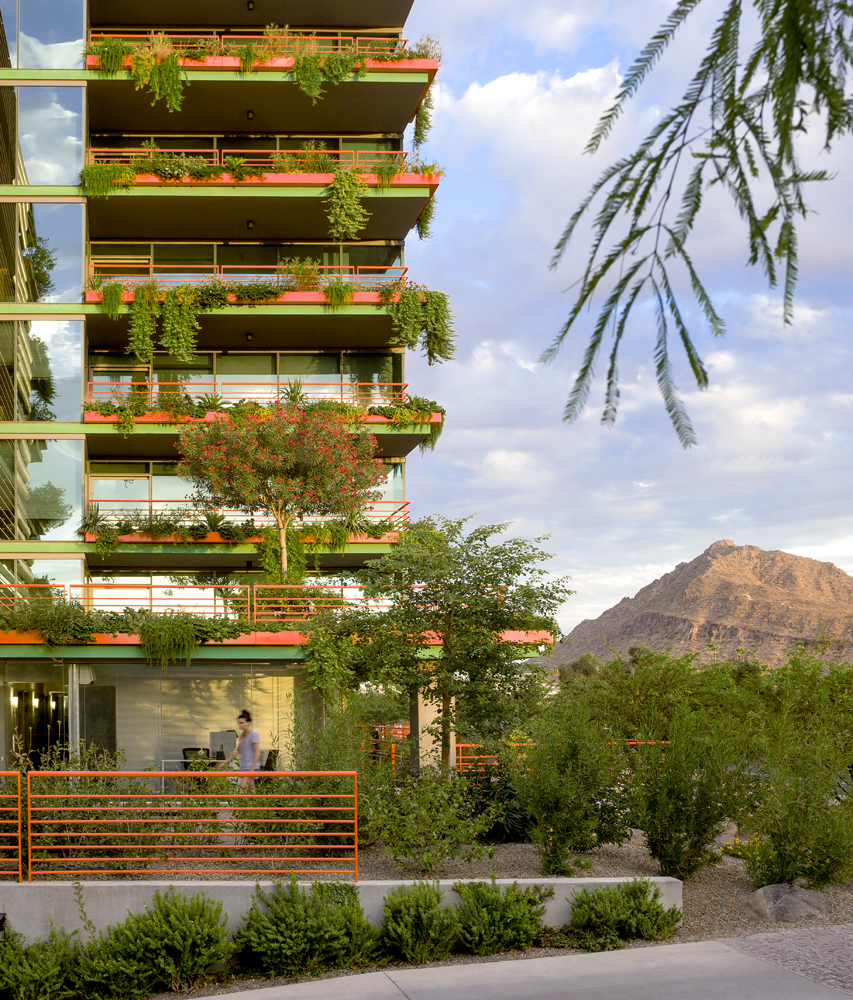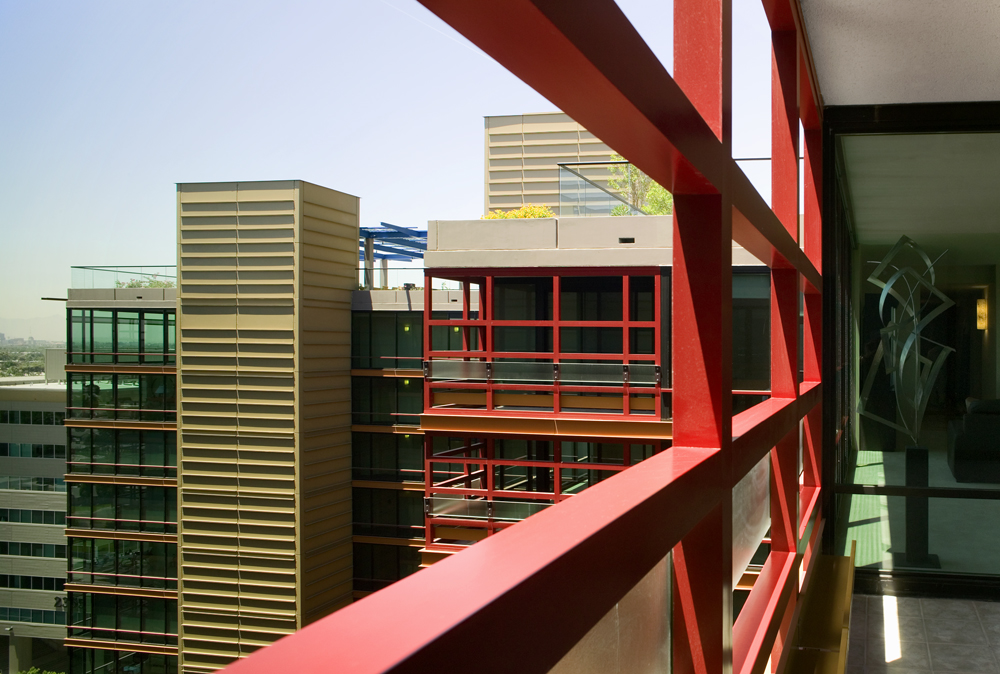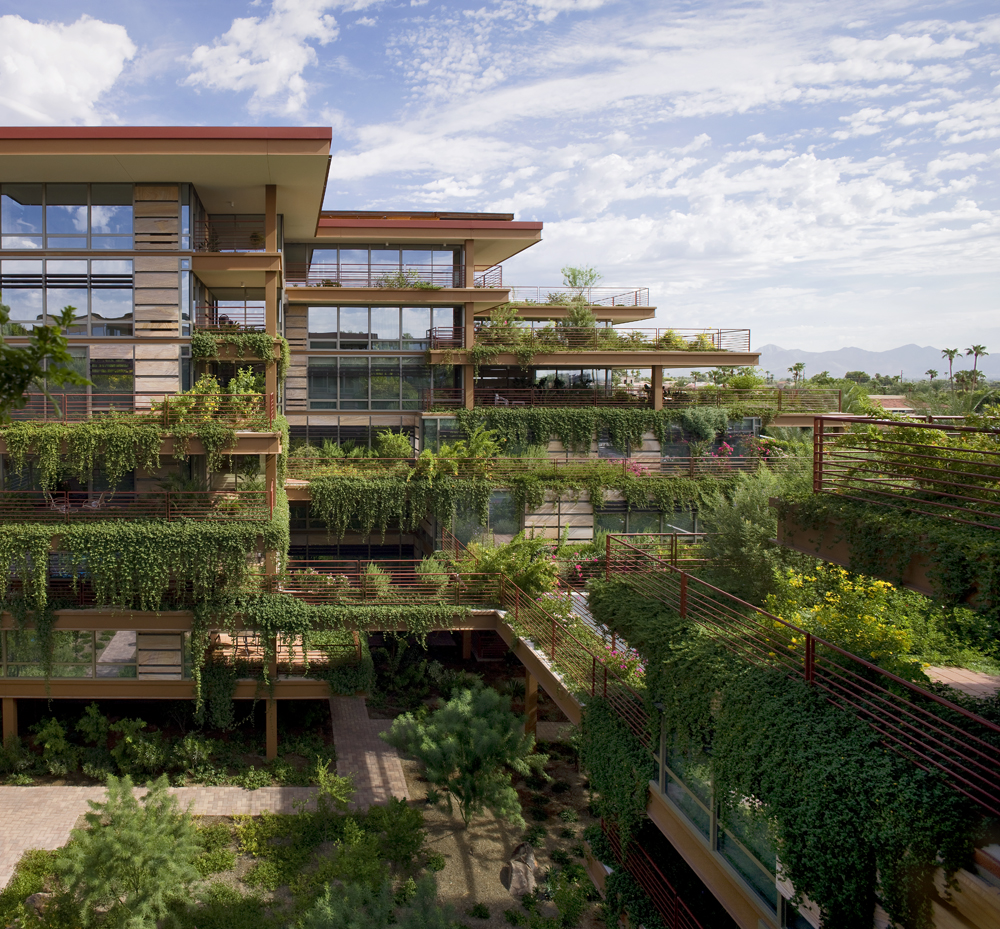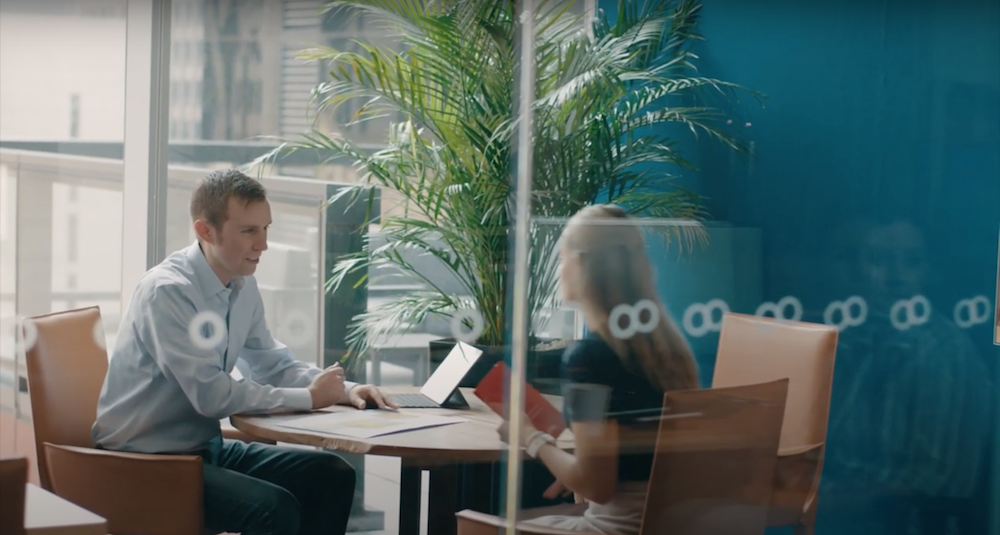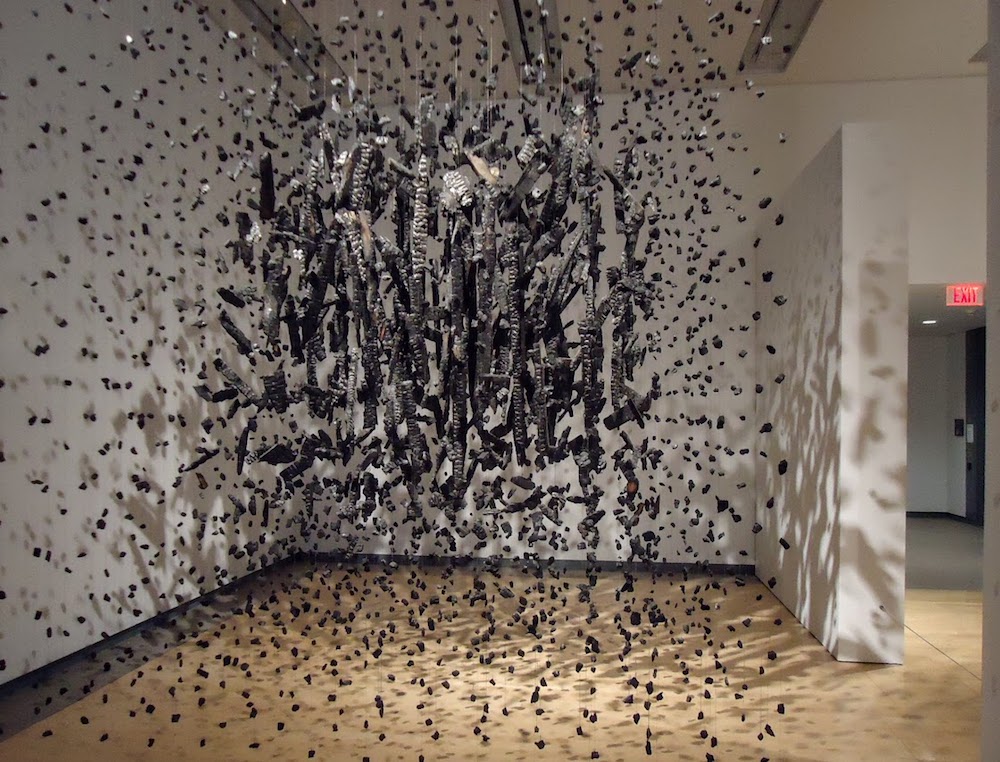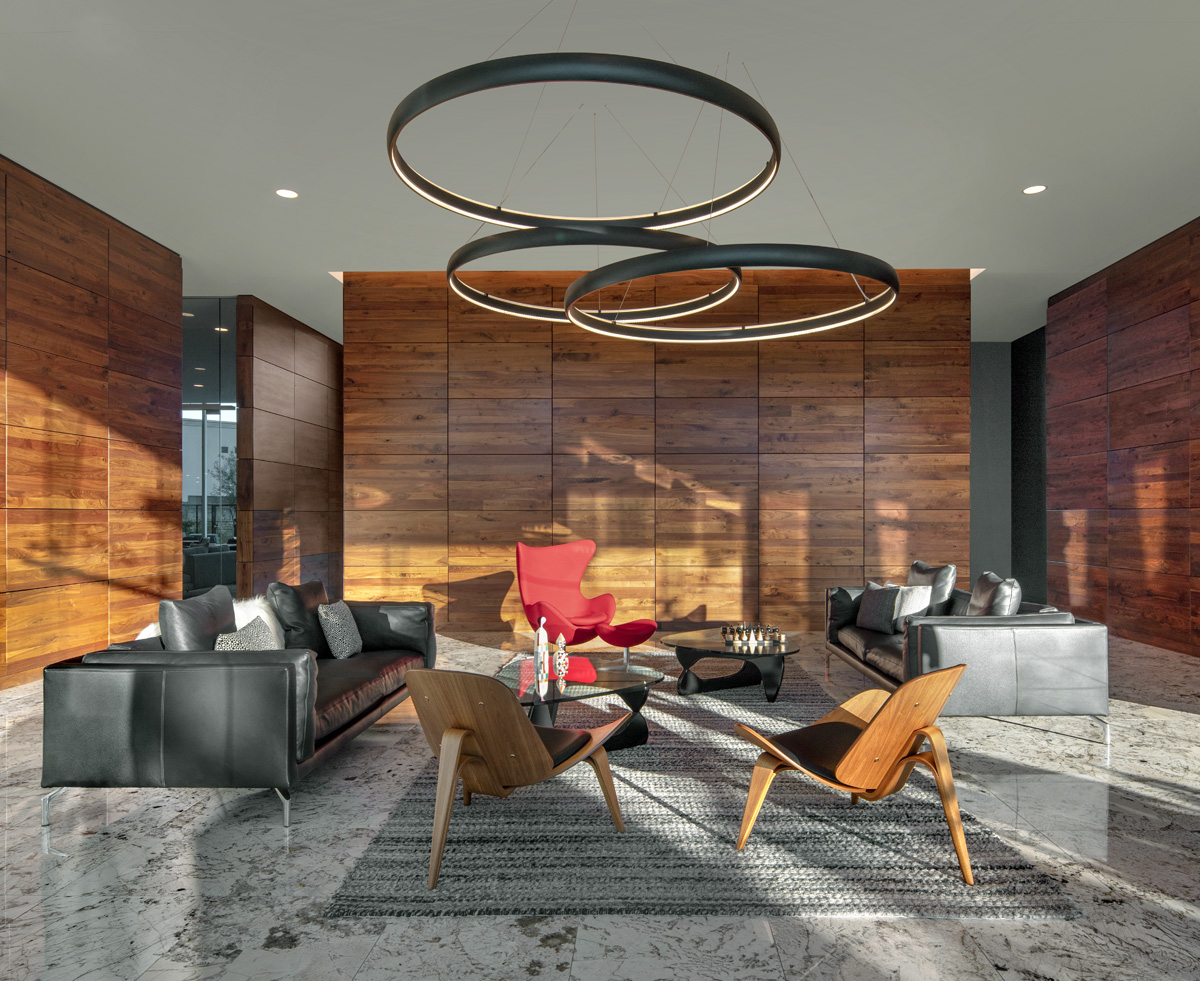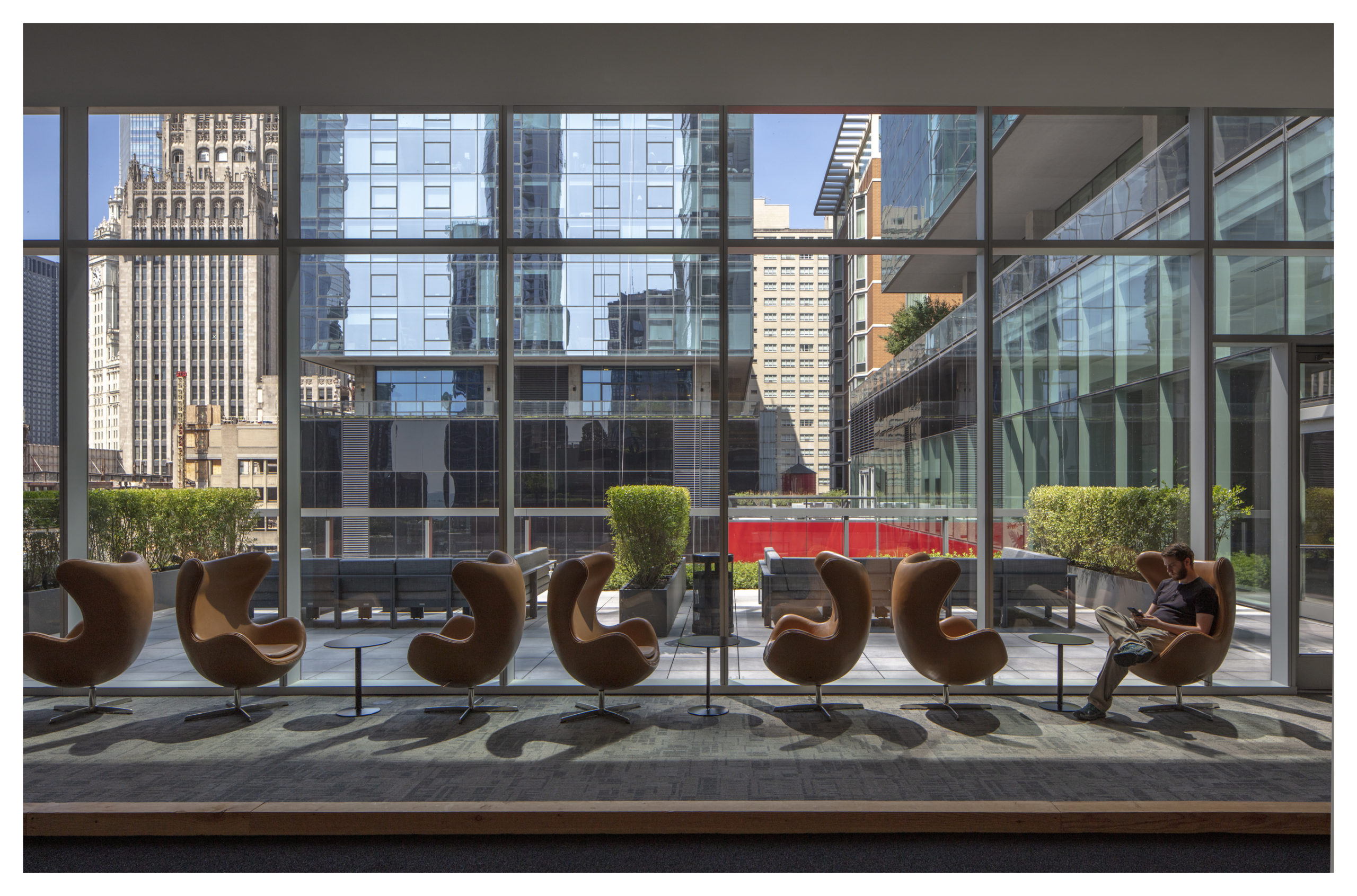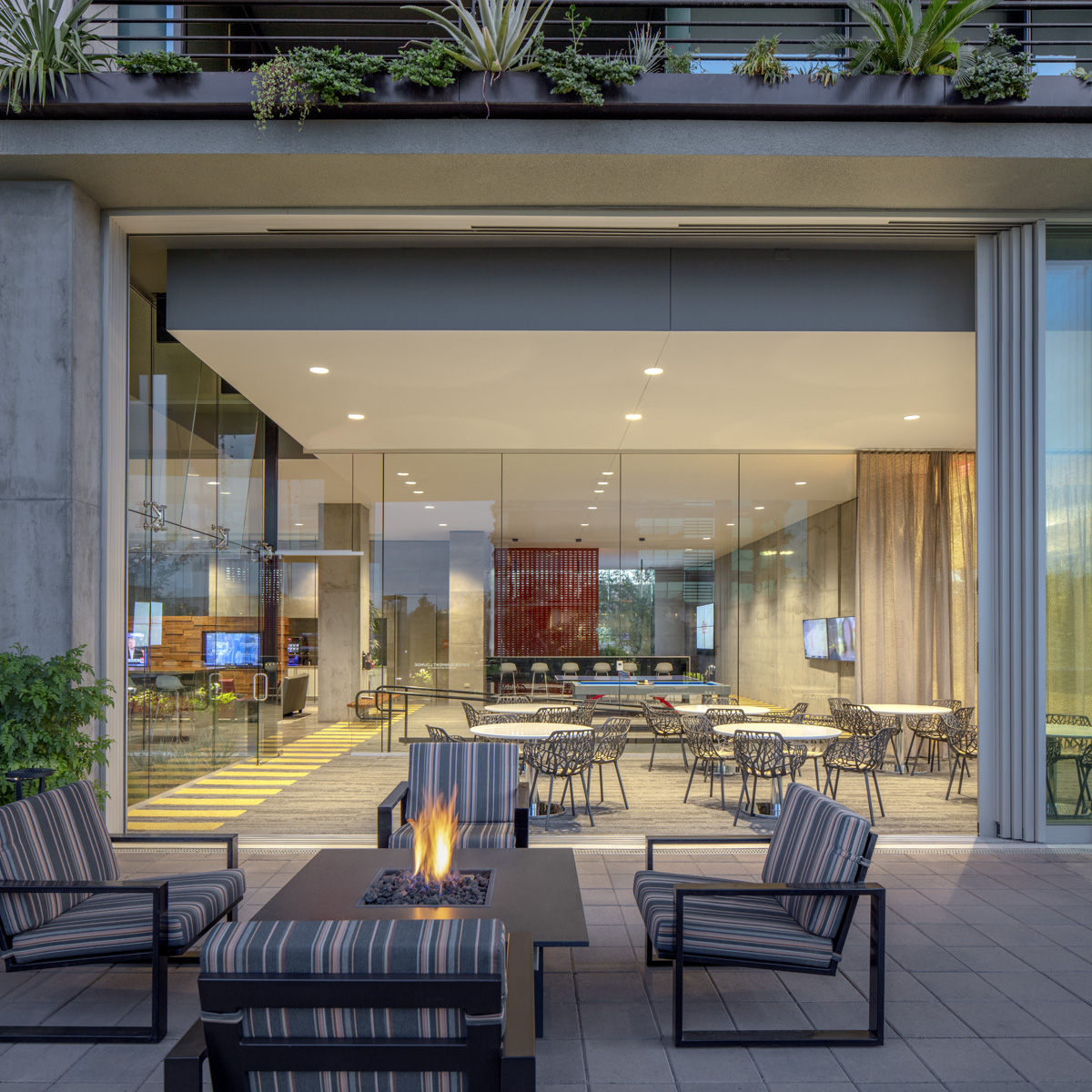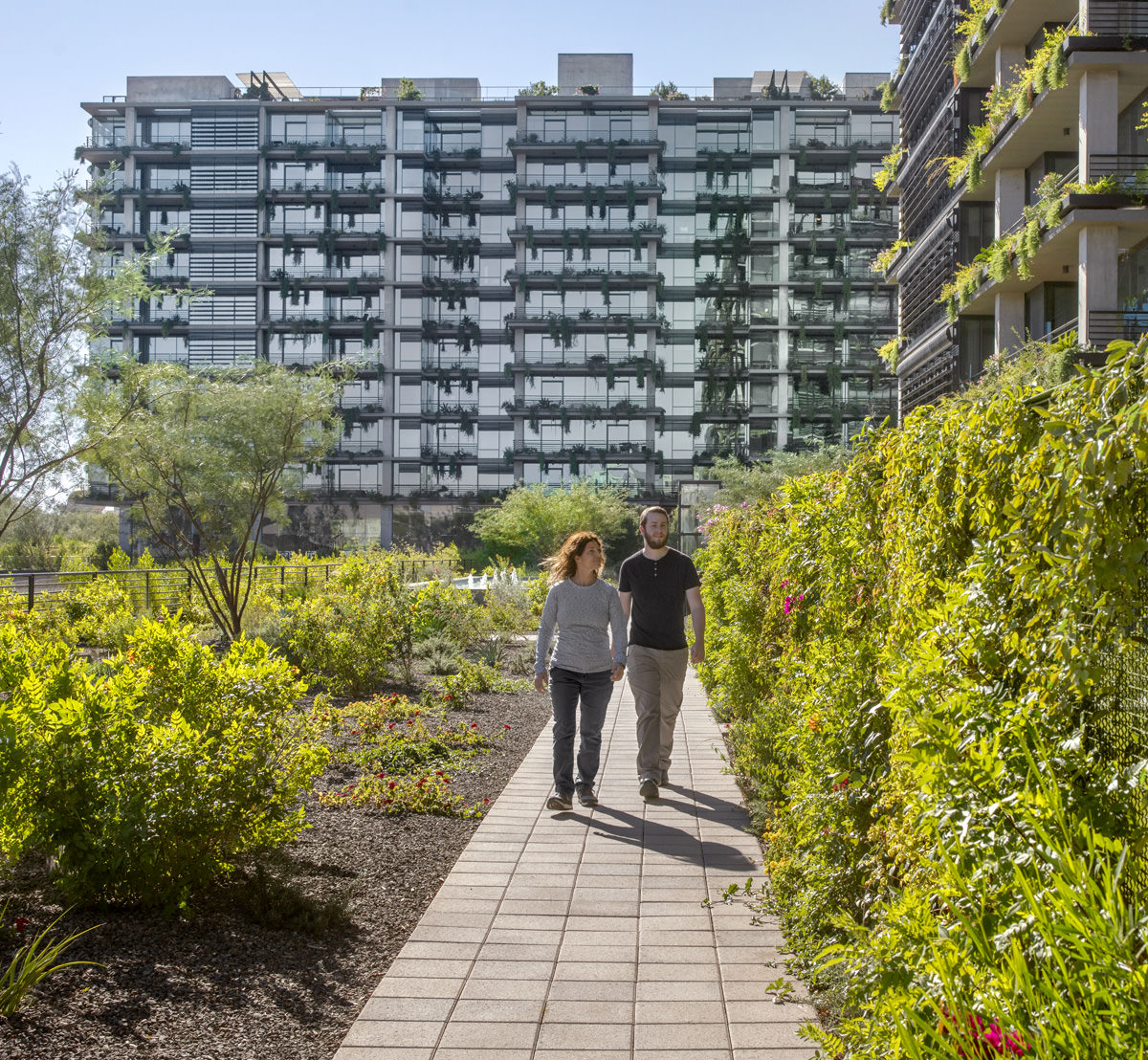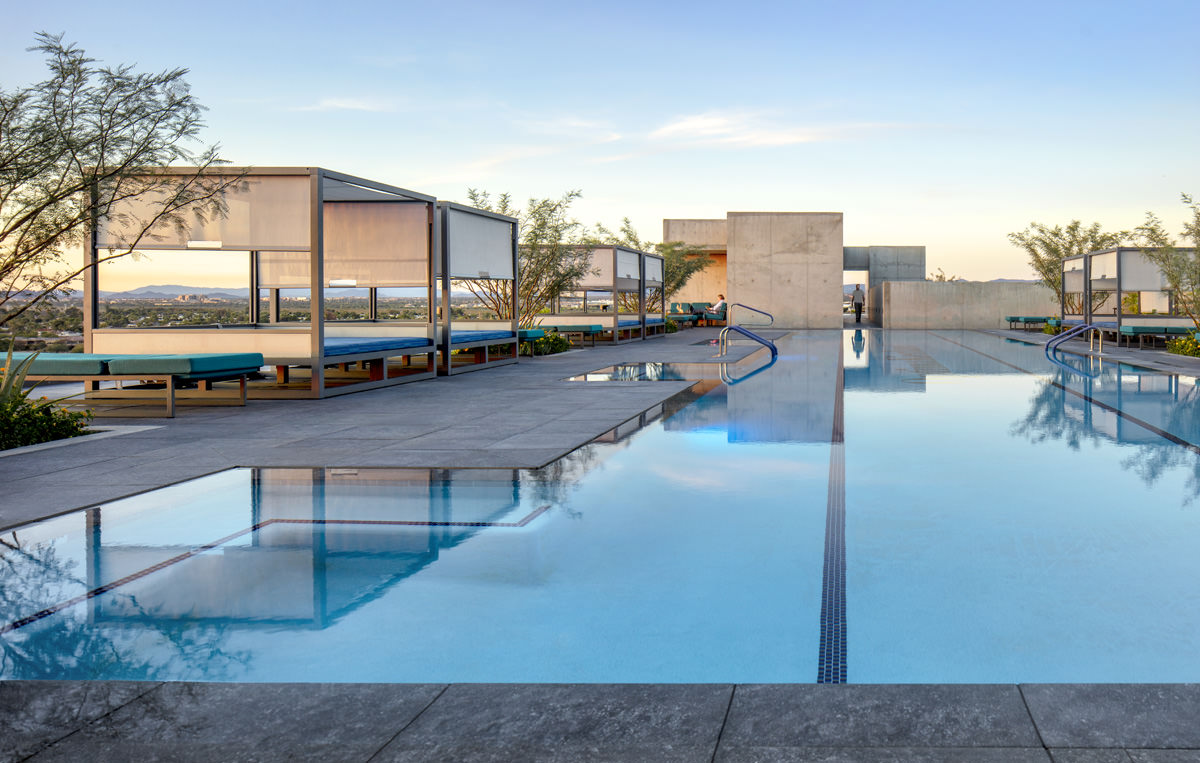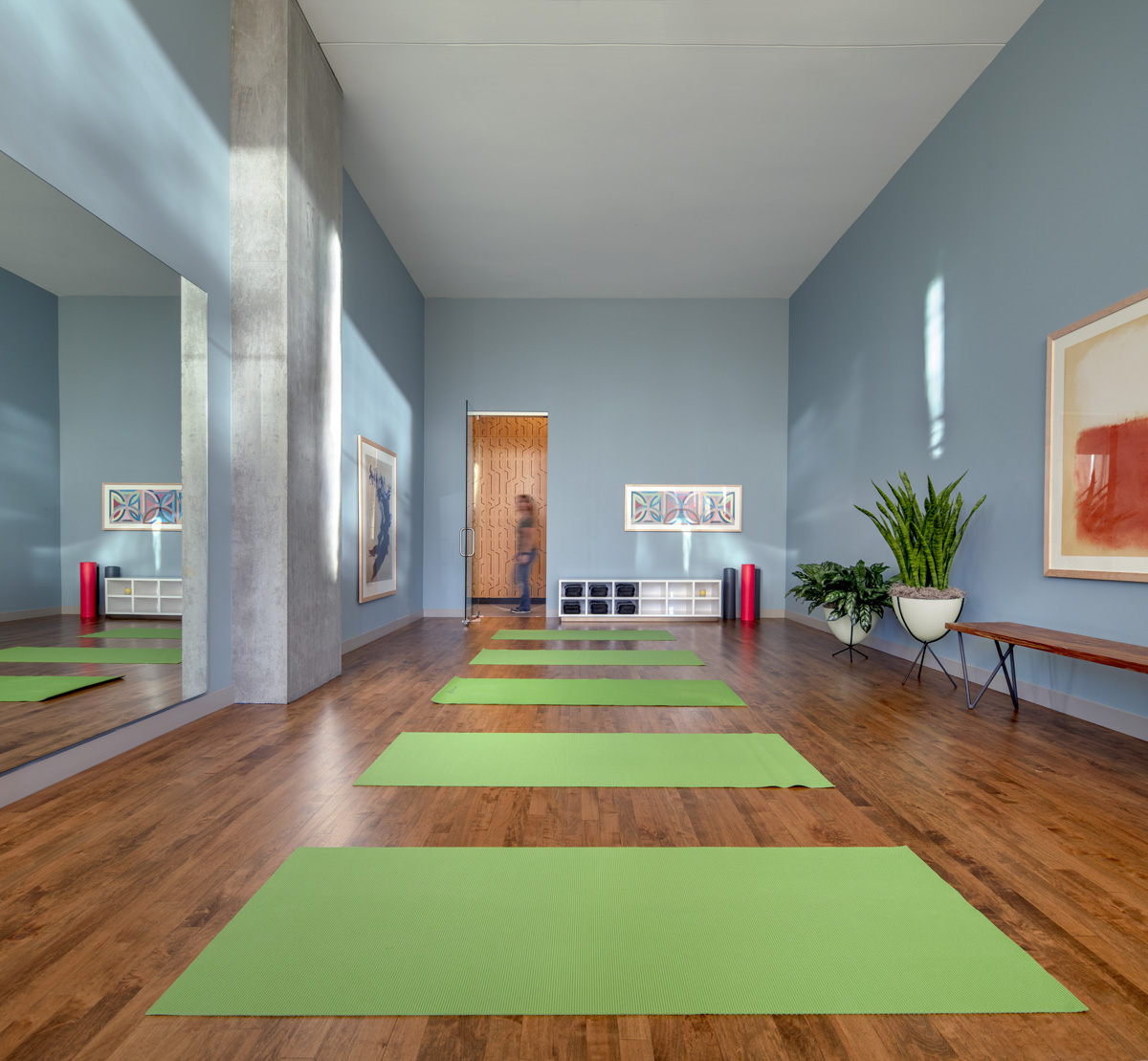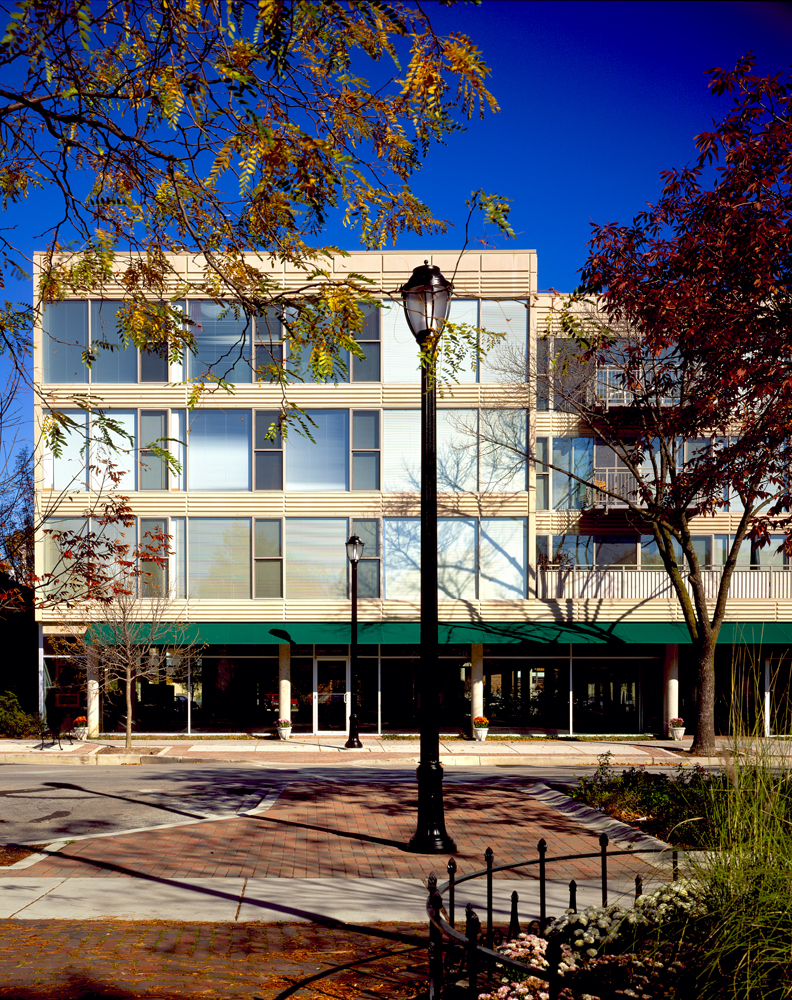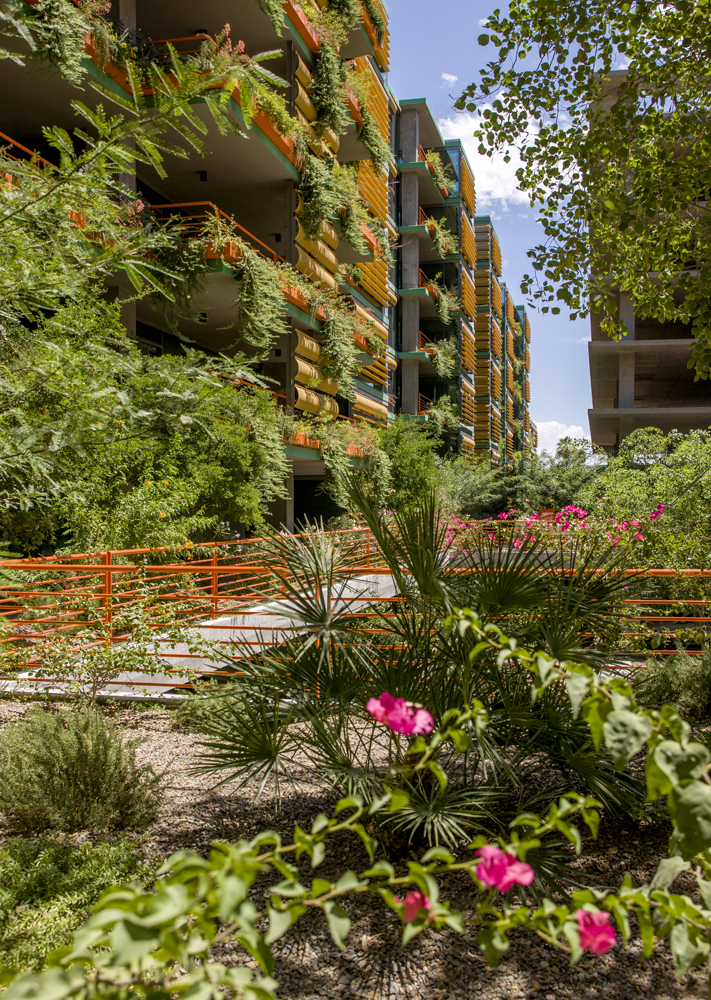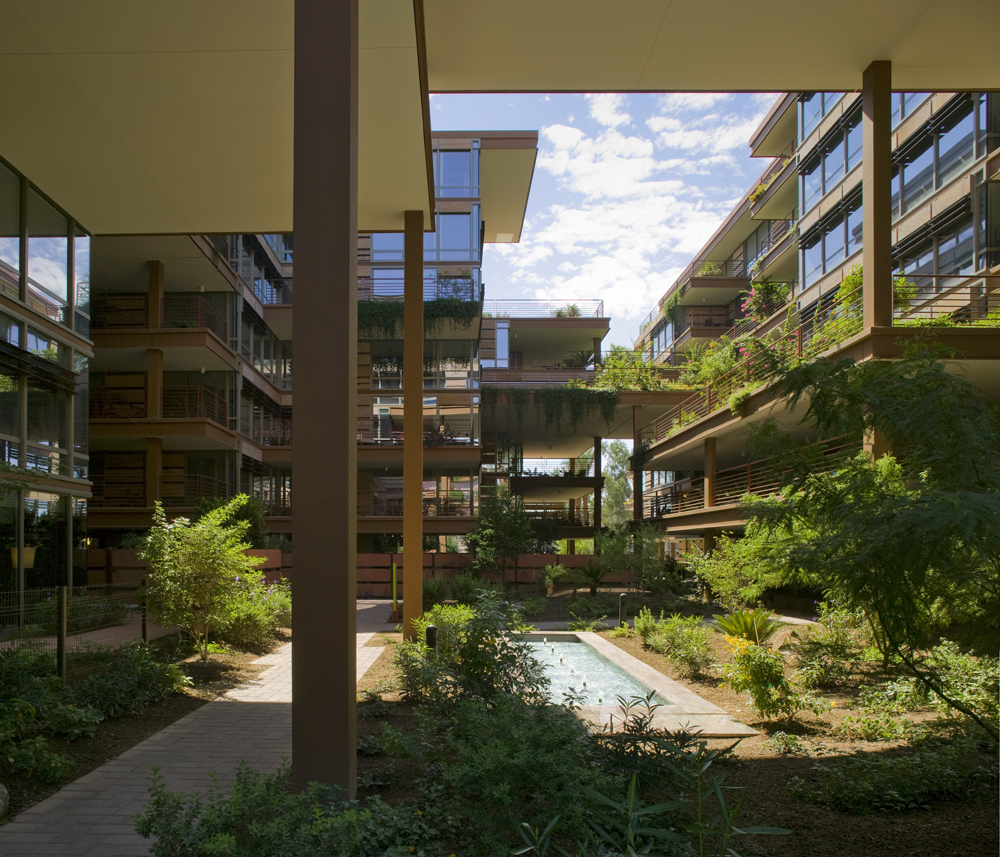In cities throughout the country, container gardening is a staple in multifamily housing where space may be limited. And while at home during shelter-in-place orders, many were inspired to test out their green thumbs. We’ve always prioritized green spaces within our projects, from rooftop foliage to lush vertical landscapes, and we love to see our residents doing the same. For those looking to get creative with container gardening, here are a few ideas and inventions to help inspire:
Know Your Basics
This may seem like a no-brainer, but understanding factors like lighting, drainage and materials can drastically affect which plants thrive on a patio or terrace. You’ll also have to choose between annuals, perennials, herbs or greenery. And of course, consider your location. Plants that thrive in Arizona’s climate may not translate well into Chicago’s weather. Knowing your home’s plant hardiness zone can help you decide what to grow.
Embrace Edible Greens
Don’t let growing your own food or herbs intimidate you; it can be done, even if you have limited space. In fact, gardening your produce in containers can actually help you control growing conditions and potential pests. Larger pots, proper drainage, and potting mix specifically designed for containers will help your efforts. For an extra growth boost, plant flowers that will attract pollinators. For more in-depth tips, the Old Farmer’s Almanac has extensive resources for all things container gardening.
Try New Technology
It’s 2020, so gardening technology has evolved to meet your needs. If you travel often or forget to water your plants, invest in self-watering planters. If you want a show-stopping tower of plants, The Farmstand takes container gardening to the next level, with options to grow 200+ varieties of plants with minimal user effort. Or if you want to keep track of the health of your plants from your smartphone, check out devices like the Parrot Flower Power.
Whether it’s in Illinois or Arizona, our passion for bringing the outdoors inside serves to inspire and welcome. We hope it inspires our Optima community members to do the same.
